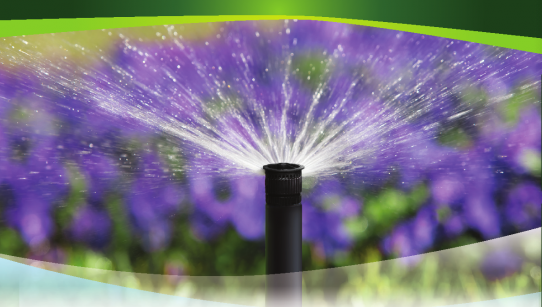An Overview of Pool Pump Fundamentals
Types of pool pumps and what do you need to know before choosing one?
A pool pump is the heart of a swimming pool's circulatory system. It pulls water from the swimming pool, circulates it through the filtration system, and then returns it to the pool. Without a quality pool pump, a swimming pool cannot be cleaned to the optimum level. A pool or spa pump consists of a housing, motor, impeller, and strainer basket. A motorized pump is a device that creates the movement of water. These pumps are frequently referred to as centrifugal pumps because they use the centrifugal force concept to move the water in pools. Pool pumps are self-priming, which means that when they are turned on, all of the air in the system is removed, creating a vacuum and starting a suction. A pump's motor will overheat if it is operated after losing its prime. Pool pump helps to prevent stagnant water that algae and bacteria like to grow in, and helps to promote filtration, which removes big particulates that bacteria and algae like to grow on.
Types of Pool Pumps
The different kinds of pumps are:
single-speed, two-speed, and variable-speed pumps, counter-current pumps
Water from your swimming pool is pumped
through your system at a single consistent pace by single-speed pool pumps. Due
to their low starting cost, single-speed pool pumps have a highly appealing
initial cost. However, operating them can be rather expensive.
Two-speed pumps only have two set speeds—high
and low—and need an additional device, such as an automation system, to switch
between them. You may switch between the two speeds, so whenever you run at the
slower speed, your energy consumption will decrease.
Variable speed pumps have more than two set speeds. Although variable-speed pool pumps cost more upfront, they are also the most effective of the three. Because they alter their speed depending on the work they are carrying out, these pool pumps are regarded as "smart" or "intelligent." You can save a lot of money on electricity because of this.
Why Should you Upgrade to a Variable Speed Pump?
Depending on your energy usage and pool size, a variable
speed pump can save inground pool owners an average of $1,400 (£1,166) a year
because the motor spins at lower speeds, which requires fewer amps and watts.
Compared to a single-speed pump, you can save 50-80% just by running the pump
for longer hours each day, but at lower speeds. The initial cost of variable-speed pumps may be more than that of other pump options, but within the first
two to three years, you should be able to recoup that expense. You may then
just bank your big savings after that.
The efficiency of a filter
will decrease if your pool pump is operated at very high speeds which
is usually the case in single-speed pumps. Long-term use of a variable-speed pump at moderate speeds can prolong the life of your filter, enable it to
function more effectively, and provide you with cleaner pool water.
These pumps are quieter, increase energy savings, pool efficiency, and pump life while producing less heat and having longer-lasting internal components.
Sizing of a pool pump
When you use a pump that is too large for your
pool, you not only consume more energy and pay more for it, but you also
overpower your filter system and cause it to wear out far more quickly than
when you use the right pump. Your pool will be more vulnerable to an algae
infestation if the pump is too small because the water won't be completely circulated
and filtered. The following steps will show you how to choose a pump that will
filter the water in your pool in eight hours.
Determining how much water is in your pool is
the first step to choosing the right size pool pump for it. The basic formula
for determining the water volume for square and rectangular pools is this: Length
x Width x Average Depth. Take the depth of the shallow end of your pool, add it
to the depth of the deep end, then divide by two to get the average depth of
your pool. The basic formula for determining the water volume for circular
pools is this: 3.14 x radius squared x average depth.
Once you have determined the volume of water
in your swimming pool, you need to figure out how much water must be pumped out
per hour to clean the entire pool within eight hours. Divide your
calculated volume by eight to get this flow rate.
Finding the average head of your pool pump is the next step after determining your required flow rate. Water flow resistance varies depending on parameters including the length of the piping, the number of bends (elbows), and the diameter of the piping between the pool and the pump. This resistance is called the "Head". The actual flow rate of your pool decreases as the head increases. The calculation of the head can be complicated and is often done when the pool is first installed. The average head of an in-ground pool is between 10 and 15 meters.
Maintenance of a Pool Pump (pump strainer basket maintenance)
The only routine maintenance needed is the inspection/cleaning of the trap basket or the pump strainer baskets. Pump strainer
baskets collect debris or other trash from the swimming pool water. The
impeller contains small openings and is very susceptible to becoming clogged
with debris. The strainer basket prevents the debris from entering the impeller
assembly. The pump strainer basket is usually located in front of the volute.
The pump strainer basket is a chamber that consists of a basket where trash like leaves gets collected. It must be kept clean of debris and trash
or it will affect the flow of water through the pump. It should be checked and
emptied at least twice per week.











No comments yet